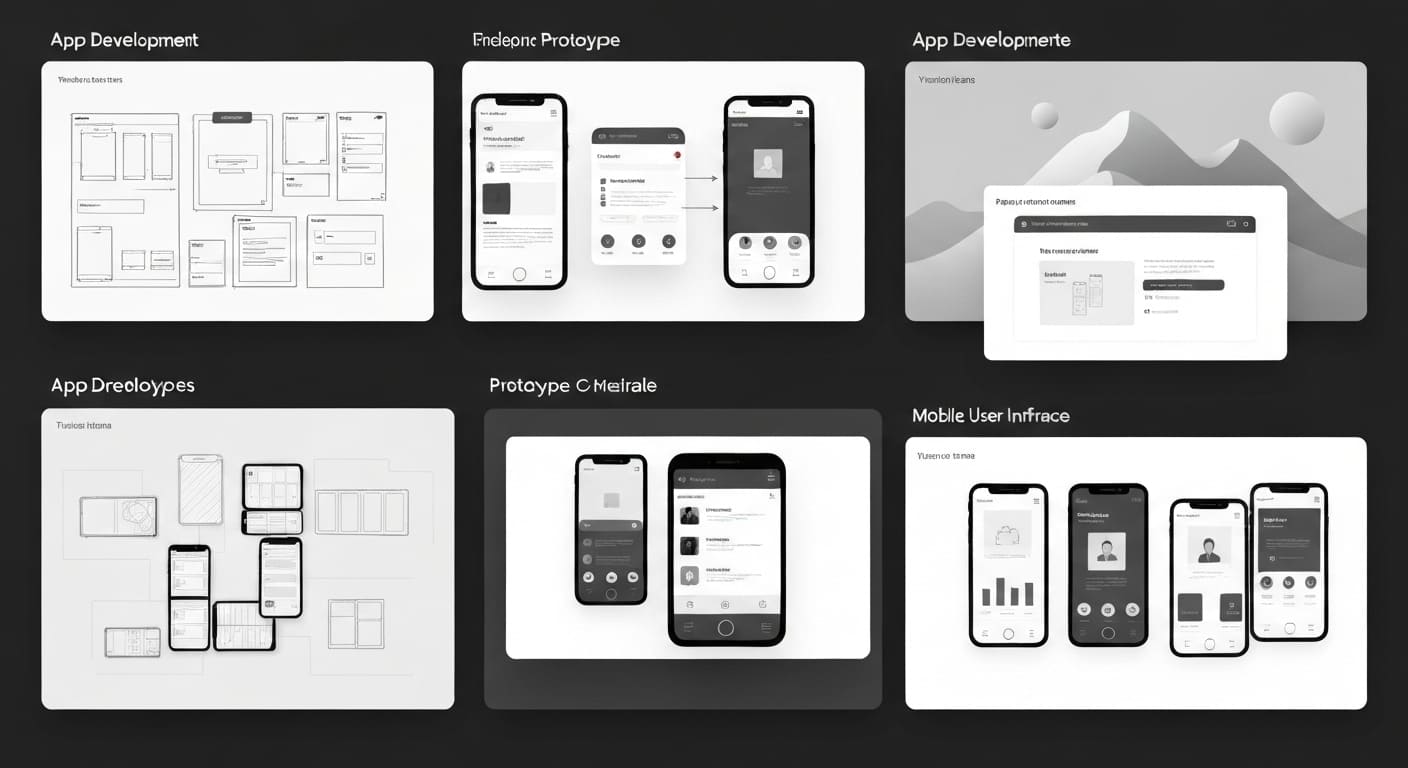Understanding research software development cost is essential for any organization looking to implement software solutions tailored for scientific research. These costs can vary significantly based on a range of factors including complexity, features, and development resources. A clear understanding of research software development cost will enable you to budget effectively and make informed decisions when initiating your software projects. Whether you’re embarking on developing new applications or updating existing lab software, having a grip on the associated costs can lead to better financial planning and project execution.
Understanding Research Software Development Cost
What Influences Research Software Development Cost?
Several factors influence the overall research software development cost. The complexity of the software is one of the most significant components; highly complex systems require advanced technologies and extensive development time. Additionally, the project timeline affects costs, as more extended projects often incur higher expenses due to prolonged operational costs and resource allocation. Furthermore, human resources play a critical role; the more skilled developers or teams you require, the higher the associated labor costs. If you’re striving for cutting-edge features or compliance with specific industry standards, expect those needs to further inflate the research software development cost. All these factors culminate to give a comprehensive picture of what to expect financially.
Comparison of Lab Software Pricing
When analyzing lab software pricing, it is vital to consider the various pricing models available. The pricing can be structured in different ways: fixed pricing, hourly rates, or subscription-based pricing. Fixed pricing tends to be favored for well-defined projects, providing a clear budget upfront. Hourly rates are prevalent in projects that may require changes or adjustments along the way, as costs can vary significantly based on the hours logged. Subscription-based pricing is becoming increasingly popular, especially for software that is continuously updated or maintained. Understanding these lab software pricing models allows organizations to choose the most effective budgeting approach for their projects.
Budgeting for Research Apps
Creating a Research App Budget
Creating a research app budget involves several key steps. Begin by defining the features and functionalities that are essential for your research application. Next, consider the technology stack that will be necessary for development, which can significantly impact costs. Additionally, factor in expenses related to testing, user training, and ongoing support, as these costs can add up quickly. Don’t forget to include contingencies for unexpected issues that may arise during development to ensure your budget is comprehensive and realistic. By evaluating these components thoroughly, you can create an effective budget that aligns with your goals and financial parameters.
Research Project Charges: What to Expect
In understanding research project charges, it’s essential to break down the common expenses associated with research software development. These charges typically include development fees, which encompass the actual programming work; testing fees, which ensure the software functions as intended; and deployment costs, which involve rolling out the software to users. Additionally, maintenance charges may apply once the project is live, encompassing ongoing updates and support. By preparing for these research project charges, organizations can avoid surprises and ensure that they allocate sufficient resources throughout the project lifecycle.
Choosing a Research Software Development Company
What to Look for in a Research Software Development Company?
Choosing the right Research Software development company is crucial for the success of your software project. Start by evaluating the expertise of the company, focusing on their experience in the specific field of research software. A robust portfolio showcasing previous projects can provide insight into their capabilities. Furthermore, consider customer reviews and testimonials to gauge satisfaction levels with the company’s services. Finally, assess their development methodologies to ensure compatibility with your project requirements. A reputable development company can make a significant difference in managing costs and achieving high-quality outcomes.
Benefits of Hiring a Research Software Developer
The advantages of choosing to hire research software developer expertise cannot be overstated. Specialized developers typically possess the technical knowledge and experience necessary to navigate complex aspects of software development efficiently. This focus can lead to a reduction in the time required to reach project milestones, thus minimizing costs. Additionally, experienced developers can offer guidance on best practices and innovative solutions that may enhance functionality and user experience. By investing in specialized talent, organizations can optimize the development process and ensure the delivery of high-quality software.
Optimizing Costs in Research Software Development
Strategies to Reduce Lab Software Pricing
Effectively negotiating and optimizing lab software pricing is vital for keeping project costs in check. Begin by conducting thorough market research to understand typical pricing ranges and trends. When engaging with software development companies, be transparent about your budgetary constraints while expressing willingness to discuss creative solutions that can facilitate cost savings. Strategies such as phased development—allowing you to launch essential features first and expand later—can also help in keeping initial costs lower. By taking a proactive approach in negotiations, you can secure favorable terms without compromising on quality.
Budget-Friendly Options for Research Software Development
There are numerous budget-friendly options for research software development that organizations should explore. Open-source tools are an excellent choice for those looking to reduce costs while still accessing powerful functionality. Utilizing in-house development teams can also provide substantial savings, particularly if the necessary expertise already exists within your organization. Additionally, consider leveraging cloud-based solutions that often offer scalable pricing; this means you only pay for what you need, avoiding unnecessary expenditures. By exploring these alternatives, you can significantly reduce overall costs while maintaining quality and performance.
Conclusion
In conclusion, understanding research software development cost is paramount for effective project management and budgeting. By recognizing the various factors that influence costs—from software complexity to human resources—you can make informed decisions about your research software projects. Selecting the right Research Software development company and employing strategies to minimize expenses can lead to more efficient project execution and maximize investment return. At Wildnet Edge, we are committed to delivering first-rate software solutions tailored to your needs, ensuring you navigate your software projects with confidence.
FAQs
Key elements that influence the pricing of research software development services include complexity, development time, and human resources involved.
To evaluate and negotiate lab software pricing, conduct market research and assess various pricing models to find the best fit for your project needs.
A typical research app budget should account for development costs, testing expenses, deployment fees, and ongoing maintenance charges.
Hiring experienced developers is essential for efficient project execution and can lead to more innovative solutions and cost-effective development processes.
Common research project charges include development fees, testing costs, deployment expenses, and potential maintenance fees post-launch.

Nitin Agarwal is a veteran in custom software development. He is fascinated by how software can turn ideas into real-world solutions. With extensive experience designing scalable and efficient systems, he focuses on creating software that delivers tangible results. Nitin enjoys exploring emerging technologies, taking on challenging projects, and mentoring teams to bring ideas to life. He believes that good software is not just about code; it’s about understanding problems and creating value for users. For him, great software combines thoughtful design, clever engineering, and a clear understanding of the problems it’s meant to solve.
 sales@wildnetedge.com
sales@wildnetedge.com +1 (212) 901 8616
+1 (212) 901 8616 +1 (437) 225-7733
+1 (437) 225-7733































